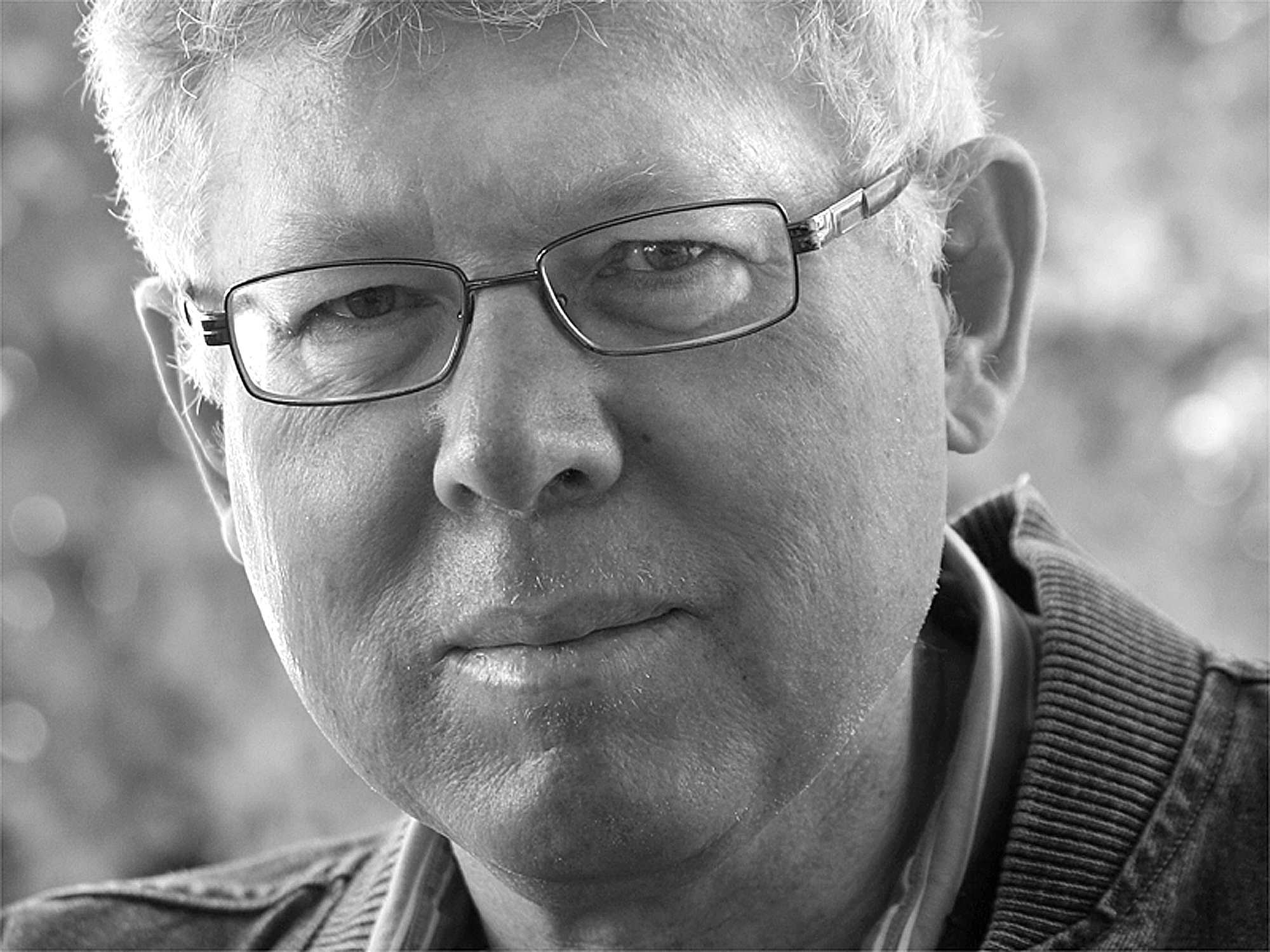Columnists
Of cappuccinos and cinnamon buns

I am now making good on my threat to return to the subject of obituaries. Given the death rate as compared to available editorial space, few of us can expect to be the beneficiary of an obituary written by the paper’s editorial staff: we’ll have to settle for the self-funded, family-written death notice. So let’s take a look at that.
I look forward to reading the death notices because I am amazed at the sheer variety of human experience they portray. I picked up a recent Saturday paper to sample some lives. Here is a woman who came to Canada from Norway at age eight and worked for the Norwegian government in exile in Toronto during World War II. There is a fellow who was a founding member of the chart-topping Four Lads singing group, from the distant pre-Beatles pop era. Here is a man who once owned the Victory burlesque theatre in Toronto. And there is a 105-year-old woman who spent a career as a clinical psychologist. I just wish I had met these people and that I had the capacity to absorb the information about every life that is remembered.
There is some essential information you have to convey in any death notice. You have to identify the deceased, and the key survivors. You have to say what memorial events, if any, are taking place. You have to specify how people can pay tribute if they wish. You have to thank the people who need to be thanked. But apart from that, the floor is yours.
While this is just an impression, it seems to me that death notices generally are becoming longer—possibly because funerals and even life celebrations are becoming less common. The death notice is increasingly the last word on someone’s life.
But do they need to get longer? Do we really need to know that Shirley was predeceased by her grandparents (who would be in their 130s by now)? Or to be reminded of every position Stan held in his 28 years at Amalgamated Tubing before retiring as vice-president in 1986? A story told succinctly can be more powerful than a lengthy discussion.
While a death causes everyone to overemphasize the good parts and overlook the bad parts of a person, some death notices are going over the top and present the life of the deceased as a series of magnificent accomplishments, duly recognized by a grateful public. And they always conclude by saying that despite all this frenetic achievement, what was most important to the deceased was family, who always came first. Right.
In these more florid death notices, I suspect the hand of the deceased is involved and that the spirit of one-upmanship has come into play. And who wouldn’t, at least at first blush, want to be able to craft their own death notice? After all, family may not know much about your earlier years, and it’s a chance to highlight what was important to you. But I haven’t heard of a case in which a deceased person contractually bound his family to publish his version of the death notice. And surely the better measure of a person is not how he sees himself, but how he is seen by others.
The best death notices offer some insight into the nature of the deceased. In my Saturday sample paper, there is a death notice for a former librarian that mentions her “great skill of selecting great children’s and young adult books”. That needs no elaboration. The obituary of a yachtsman notes that he had won every trophy his club awarded, but that he was “not without idiosyncrasies”—instantly painting a picture of a quirky ‘type A’ personality.
Death notices that offer some glimpse into the challenges a person has faced are more likely to be read. In my Saturday paper, I was drawn to a notice stating that the deceased “had to call upon courage throughout his life to deal with his personal mental health challenges”; as well as to another notice stating that while the deceased was dealing with glioblastoma, “it didn’t change his passion for cooking, hiking, fast cars, fine wine, cappuccinos and cinnamon buns.”
So what would my death notice read like, if I were writing it (although I won’t be)? Here’s a try:
David Simmonds. Feb 8, 1953 – June 7, 2019. Survived by his wife Michelle and his children Erica and Jeremy. He adapted to his challenges with good humour, even if his columns failed to display it. About what was important, he should have listened to Michelle.

Comments (0)